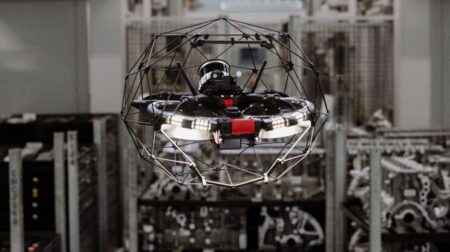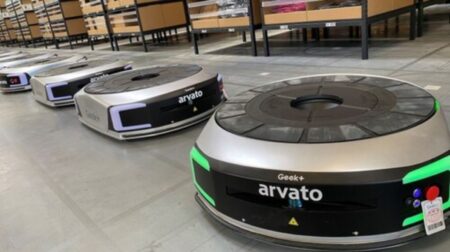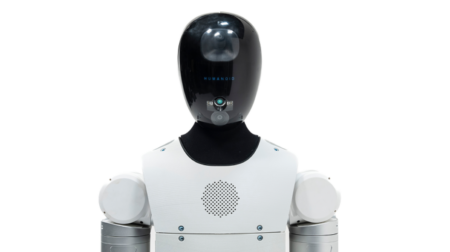Technology designed to help turn non-autonomous cars into self-driving vehicles is in early commercial deployment at a BMW manufacturing facility in Munich.
Developed by Korean software company Seoul Robotics, the Level 5 Control Tower (LV5 CTRL TWR) platform is automating the movement of cars from the production line to different facilities within the plant, such as from electrical repair stations to parking lots for test driving.
According to Seoul Robotics, automating such movement of cars results in both time and cost savings for the automotive OEM and and enhances safety for employees, as well as freeing them up to focus on other tasks, such as headlight alignment.
Developed with an initial focus on improving first- and last-mile logistics, such as parking, the Level 5 Control Tower (LV5 CTRL TWR) platform is a mesh network of sensors and computers placed on infrastructure around a facility, such as buildings or light poles – rather than on individual cars – to capture an unobstructed view of the environment.
As seen in the accompanying video (above), the system enables cars to move autonomously by directing their vehicle-to-everything (V2X) communication systems, which pass information from a vehicle to infrastructure, other vehicles, any surrounding entities – and vice versa.
Seoul Robotics’ LV5 CTRL TWR platform collects 3D data from the environment using cameras and lidar. Computer vision and deep learning-based AI analyse the data, determining the most efficient and safest paths for vehicles within the covered area.
Then, through V2X, the platform can manage a car’s existing features, such as adaptive-cruise-control, lane-keeping and brake-assist functions, to safely get it from place to place.
LV5 CTRL TWR has been built using Nvidia Cuda libraries for creating GPU-accelerated applications, as well as the Jetson AGX Orin module for high-performance AI at the edge. Nvidia GPUs are used in the cloud for global fleet path planning.
NVIDIA Cuda libraries are designed to help render massive amounts of data from 3D sensors in real time, as well as accelerate training and inference for its deep learning models.
“Instead of outfitting the vehicles themselves with sensors, we’re outfitting the surrounding infrastructure with sensors,” said Jerone Floor, vice president of product and solutions at Seoul Robotics.
Using V2X capabilities, LV5 CTRL TWR sends commands from infrastructure to cars, making vehicles turn right or left, move from point A to B, brake and more. This reportedly achieves an accuracy in positioning a car of plus or minus 4cm.
“No matter how smart a vehicle is, if another car is coming from around a corner, for example, it won’t be able to see it,” Floor said.
“LV5 CTRL TWR provides vehicles with the last bits of information gathered from having a holistic view of the environment, so they’re never ‘blind’.”
According to Floor, as these communication protocols already exist in most vehicles, LV5 CTRL TWR acts as the “AI-powered brain of the instructive mechanisms”, requiring only a firmware update in cars.
In addition to automotive factories, LV5 CTRL TWR technology can, according to Seoul Robotics, be used across industries and be deployed at retail stores, airports and traffic intersections.








